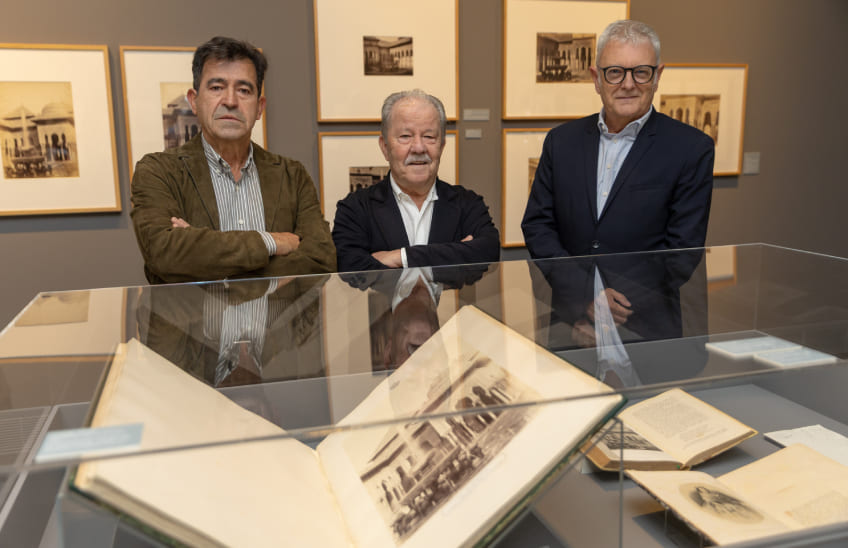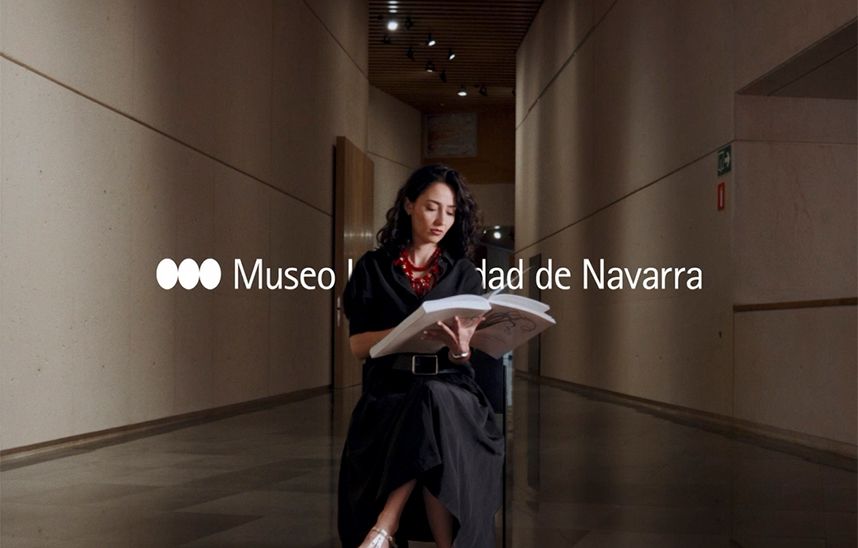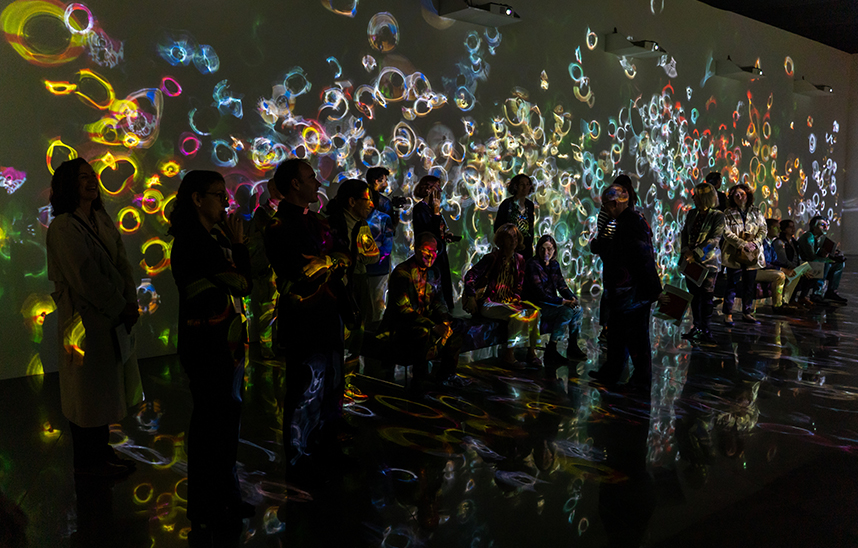Book at report by José Ortiz Echagüe, Spanish businessman and photographer.
His son César Ortiz-Echagüe gathers memories of the renowned artist, whose photographic bequest is in the Museo Universidad de Navarra.

21 | 01 | 2021
Businessman, photographer, engineer and father of a family, but above all, a person with "a big heart, deep technical knowledge, great organizational skills and artistic sensitivity". This is how César Ortiz-Echagüe describes his father after publishing, forty years after his death, José Ortiz Echagüe, in memory of his son.
José Ortiz Echagüe (Guadalajara, 1886-Madrid, 1980) founded the aeronautical construction company CASA and started up the automobile industry SEAT at the age of 61. At the same time, he developed an intense photographic work focused on the documentation of Spanish culture, landscape and architecture, which has earned him recognition as one of the authors core topic in the history of Spanish photography. He is internationally recognized, despite the fact that for him photography was more of a hobby than a professional performance.
The collection has a unique value both for its subject matter and the technique used. His heirs were aware of the loss of value of the collection treasured by the artist and engineer if it were to be divided. "That is why the photographer considered donating it to an institution that would guarantee its proper conservation and safekeeping," explains his son.
Thus, the bequest was finally transferred to the University of Navarra. First, to Central Building, in 1990, and, with the construction of the Museum of the University of Navarra, the collection of José Ortiz Echagüeconstitutedthe origin of the art museum. "The meaning of his work is fully captured in the book, which also allows us to get to know the other aspects of his personality, such as his love for his family, God, Spain and its people," says César Ortiz-Echagüe.
José Ortiz Echagüe's incipient artistic interest, initially truncated by his father, led him to photograph the traditions of many Spanish villages, often accompanied by his son César, according to the author. Life brought him great suffering, especially because of the death in the Spanish Civil War of his two eldest sons, aged 18 and 20. "It was also his great heart that made him suffer, contemplating the great social differences in Spain. But his reaction was the creation of companies such as CASA and SEAT," he adds. These companies, including their suppliers, currently provide work to more than 100,000 people.
bequest at the University of Navarra
The bequest housed at the Museo Universidad de Navarra includes all the thematic groups that the photographer developed in his fruitful career: his first photographs taken in North Africa, and the series that make up his four fundamental books: España tipos y trajes ( 1929), España pueblos y paisajes (1939), España mística ( 1943), and España castillos y alcázares ( 1956), to which should be added the group of family images.
The bequest was the nucleus that gave rise to the photographic collection of the University of Navarra, and articulates many of the themes that arise in the Museum's Collection, currently consisting of more than 20,000 positives and 200,000 negatives.



